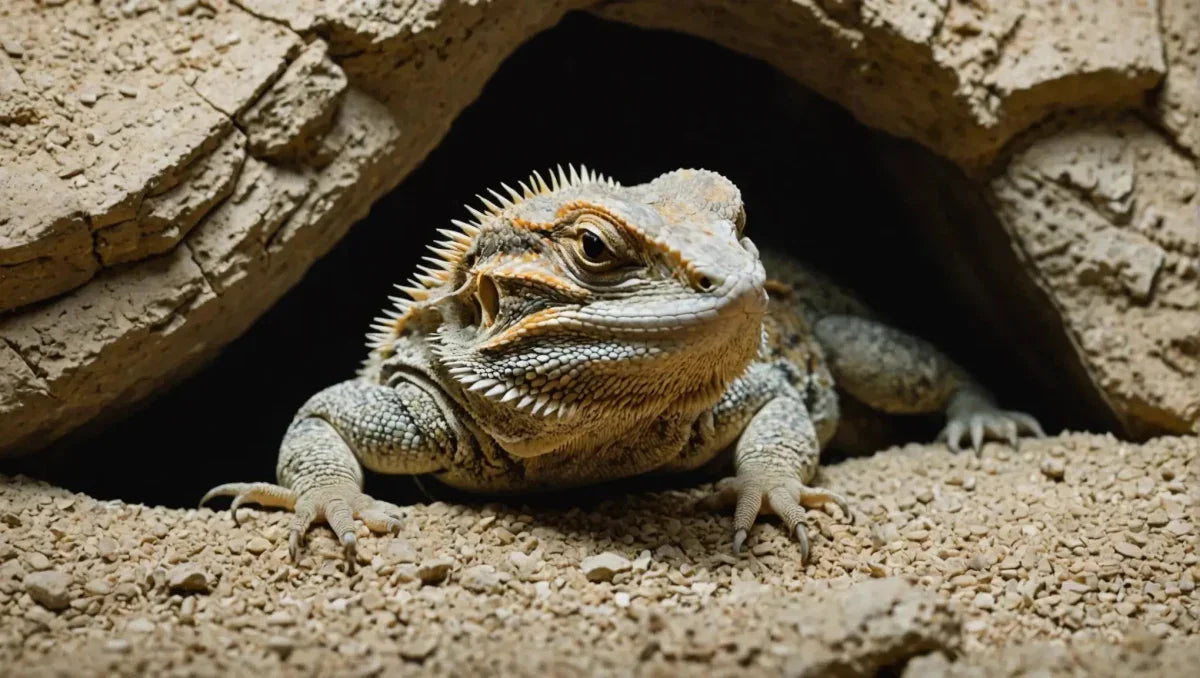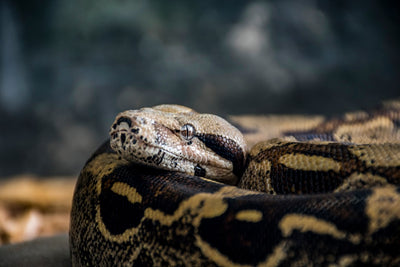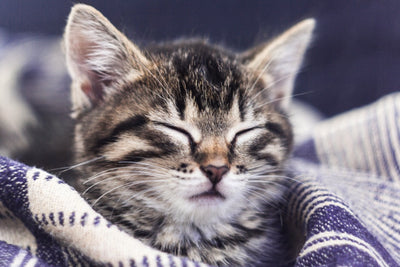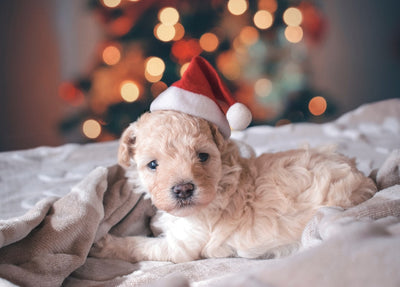Bearded dragons are fascinating creatures. Their unique behaviors and needs make them an exciting addition to any home.
But what if your bearded dragon is hiding in his cave more than usual? This behavior can be puzzling, especially for new pet owners.
Understanding why your bearded dragon is hiding can help you ensure his well-being. It's crucial to know when this behavior is normal and when it might indicate a problem.
In this guide, we'll explore the reasons behind your bearded dragon's hiding behavior and provide practical tips to enhance his comfort and health. Let's dive in!
Understanding Your Bearded Dragon's Behavior
Bearded dragons are known for their distinct personalities and complex behaviors. To understand their actions, it's crucial to appreciate their natural instincts.
Hiding is a common behavior among bearded dragons, often influenced by environmental conditions. By observing your bearded dragon's habits, you can begin to decipher what is considered typical.
Here are some key reasons why your bearded dragon might be hiding:
- Seeking solitude to feel secure.
- Adjusting to changes in his environment.
- Experiencing a natural brumation period, similar to hibernation.
Natural Instincts and Environmental Factors
Bearded dragons are native to arid regions where finding shelter is essential for survival. In captivity, they may hide to feel secure, emulating their wild instincts.
Environmental factors also play a role. Inadequate lighting or temperature can lead to your bearded dragon seeking refuge in his cave.
Creating a habitat that replicates his natural environment can encourage more balanced behavior. Pay close attention to enclosure settings to ensure optimal comfort.
Signs of Stress or Illness
Excessive hiding might signal stress or underlying illness. Stress can result from a change in environment or a perceived threat.
If your bearded dragon is hiding more than usual, consider recent changes in his surroundings. Perhaps a new pet or rearranged enclosure is causing distress.
Illness can also manifest as hiding. Monitor for signs such as loss of appetite or lethargy, and consult a veterinarian if these symptoms persist.
Creating a Comfortable Habitat
A well-designed habitat is essential for your bearded dragon’s happiness and health. Each element should mimic conditions found in their natural desert environment.
Here’s what to consider when setting up your bearded dragon's abode:
- Ensure a temperature gradient with warm basking and cooler areas.
- Provide ample UVB lighting to promote healthy development.
- Maintain a clean and secure enclosure with safe substrates.
Creating a comfortable habitat can reduce unnecessary stress, helping your bearded dragon feel more at ease. Remember to adjust the setup as needed to suit his growth and seasonal changes.
Temperature and Lighting Essentials
Bearded dragons rely on temperature and lighting to regulate their body functions. Proper basking temperatures are crucial for digestion and metabolic processes.
Install a basking lamp that maintains temperatures between 95°F and 110°F in the warm area. The cooler end should be around 75°F to 85°F.
Lighting isn't just for warmth. UVB lights are vital for synthesizing vitamin D3 and aiding calcium absorption. Make sure these lights are replaced every six months for maximum efficacy.
The Importance of Hiding Spots
While too much hiding can cause concern, having accessible hiding spots is a must. These spaces offer your bearded dragon a retreat when he needs alone time.
Hiding spots should be varied and spacious to accommodate his size. Naturalistic elements like rocks or caves are ideal.
Carefully place these spots throughout the enclosure to foster exploration. With well-placed hiding areas, your bearded dragon can feel secure without retreating all day. By respecting his need for privacy, you'll help foster a trusting relationship.
Health and Nutrition
A balanced diet is key to your bearded dragon's vitality and well-being. Nutrition impacts not only health but behavior too.
Bearded dragons thrive on a mix of live insects and fresh vegetables. It's important to provide a variety to fulfill their dietary needs.
Here are some dietary essentials for your bearded dragon:
- Live Insects: Crickets, mealworms, and roaches are protein staples.
- Vegetables: Collard greens, squash, and bell peppers offer essential vitamins.
- Supplements: Calcium and vitamin D3 supplements are crucial to prevent metabolic bone disease.
Monitoring your bearded dragon's intake helps detect problems early, ensuring he stays active and content.
Recognizing and Addressing Dietary Issues
Dietary issues may manifest in your bearded dragon’s behavior, like excessive hiding. Overfeeding or poor nutrition can cause discomfort.
Watch for signs like decreased appetite or changes in stool, which could indicate dietary problems. Adjusting his diet can greatly impact his well-being.
Consult your veterinarian if you suspect dietary-related health issues. Regular check-ups can help address potential concerns before they become serious. Adjust portions and nutrient balance as needed to accommodate your dragon's growth or changes in activity levels. With the right diet, your bearded dragon will be happier and healthier, reducing the urge to hide away.
When to Consult a Veterinarian
While bearded dragons often hide for innocuous reasons, persistent hiding may signal underlying health issues. If your dragon stays hidden despite optimal living conditions, it's time to consider professional advice.
Unexplained weight loss, lethargy, or changes in appetite necessitate a visit to the vet. A specialist can assess your bearded dragon, conduct necessary tests, and recommend treatments if needed.
Veterinary consultations provide peace of mind, ensuring that your reptilian friend is in good health. Being proactive in seeking medical guidance can prevent minor issues from escalating into major health concerns, keeping your dragon active and happy in its habitat.
FAQs: Addressing Common Concerns
Understanding your bearded dragon's behavior can be challenging, especially for new pet owners. Here are some frequently asked questions that might help clarify common concerns.
- Is it normal for bearded dragons to hide?
- Why is my bearded dragon hiding and not basking?
- How can I make my bearded dragon more comfortable?
Gaining insights into these queries will empower you in providing the best care for your reptilian friend.
Is it normal for bearded dragons to hide?
Yes, it's quite normal for bearded dragons to hide from time to time. This behavior often provides them with a sense of security. However, understanding the context is important, as excessive hiding might hint at stress or discomfort.
Why is my bearded dragon hiding and not basking?
If your bearded dragon is hiding instead of basking, it may not be satisfied with the enclosure's temperature or lighting. Ensuring that the habitat offers proper conditions can encourage them to bask and engage more actively with their environment.
How can I make my bearded dragon more comfortable?
To increase your bearded dragon's comfort, ensure proper temperature gradients and UVB lighting in the enclosure. Additionally, offering multiple hiding spots and a balanced, nutritious diet will go a long way in helping them feel safe and secure. Regular interaction and minimal handling can also help reduce stress.






